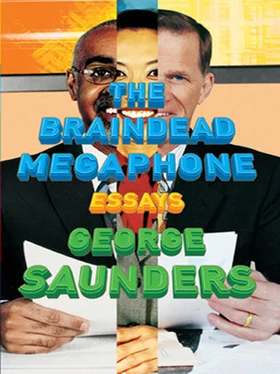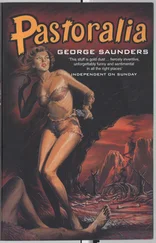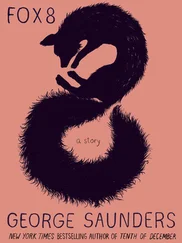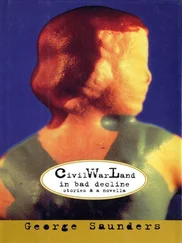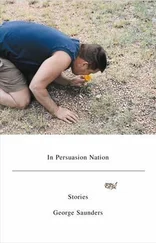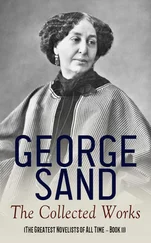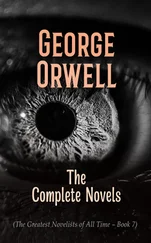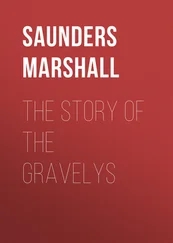And yet the question of race in Huck Finn matters very much, if you are the young black man or woman who, reading the book, is made uncomfortable or ashamed by it, or if, conversely, you are the young white man or woman who, reading the book, has some secret feelings of race superiority inflamed. It matters a lot, and it is very complicated. That the book is beautiful and thrilling is undeniable. That parts of it make the contemporary reader queasy is also undeniable. That the book and its author had an antiracist intent is also undeniable. That the author did not fulfill that intent as purely as he would have, had he been born in our time rather than his own, but with the exact same talent, having had exactly the same life experiences, is also undeniable, as well as completely nonsensical. We got Twain when we got him, and thank goodness we did, and God help the culture that pretends that earlier stupidities never happened and tries to eradicate all evidence of them.
Maybe the best we can do is concede that the book is beautiful and difficult, and that its beauties and its difficulties are inseparably linked, and then try to understand (and teach) that the book’s racial problems can be dissected and understood narratively — that is, in terms of how stories are told and received — and that we are all empowered by the process of undertaking this sort of investigation. The problems with race in Huck Finn can best be understood as narrative problems, technical problems, and the process of discerning and understanding these technical problems is a noble process, and the ability to discern and understand these problems is an essential ability. In a culture that is becoming ever more story-stupid, in which a representative of the Coca-Cola company can, with a straight face, pronounce, as he donates a collection of archival Coca-Cola commercials to the Library of Congress, that “Coca-Cola has become an integral part of people’s lives by helping to tell these stories,” it is perhaps not surprising that people have trouble teaching and receiving a novel as complex and flawed as Huck Finn , but it is even more urgent that we learn to look passionately and technically at stories, if only to protect ourselves from the false and manipulative ones being circulated among us.
AT LAST I’M DONE, AND YOU CAN GO READ IT
Art, at its best, is a kind of uncontrolled yet disciplined Yelp, made by one of us who, because of the brain he was born with and the experiences he has had and the training he has received, is able to emit a Yelp that contains all of the joys, miseries, and contradictions of life as it is actually lived. That Yelp, which is not a logical sound, does good for all of us. Chekhov said that the purpose of art is not to solve problems but to formulate them correctly, and in Huck Finn , Twain formulated our national problems in a joyful and madly funny and frightening Yelp that amounted to a national clearing of the throat. It is kind of insane, this book, but in the same way that tribal cultures immunize and strengthen themselves by sitting around watching some half-nutty shaman flail around spouting descriptions of his mad vision, we are improved by Twain’s great Yelp: it contains, in capsule form, all that is very right and very wrong with us, and amounts to a complex equation proving that our right and our wrong both proceed out of the same national energy. If the Yelp is a bit rough, off-pitch, and inconsistent in places, God bless him: at least he did it.
As I’ve worked on this piece, an image has sometimes come to mind of Twain standing outside a jail, and inside the jail is A True American Literature. Twain, wearing, maybe, a top hat, takes a good hard crazy run at it, and knocks the shack down, and A True American Literature is suddenly free to wander about in the world. In the process, Twain’s hat is knocked awry, and his nose is broken, and pretty soon a crowd gathers, saying, “Jeez, Mark, your hat’s crooked and your nose is broken and your ending stinks and your book seems a little racist”—but damn it, there’s that fallen shack, and A True American Literature is now sauntering off into the woods, being eagerly tracked by all those Hungry American Writers, who have included, over the years, Salinger and Ellison and Faulkner and Hemingway and Morrison and Eliot and Bellow and Carver. Twain sacrificed his hat and his nose so the rest of us would have something good to track, and track it we have, all these years, and the tracking of it has helped us, I would argue, confront the very issues that make the book problematic: racism, timidity, denial, our national urge-to-the-genteel.
Twain would like this, I think, this continuing struggle to understand his book. We have not had a writer as devoted to seeking out truth and outing lies. Huck Finn is a great book because it tells the truth about the human condition in a way that delights us. It is a great work of our national literature because, more than any book before or since, it locates itself squarely on our National Dilemma, which is: How can anyone be truly free in a country as violent and stupid as ours? The book still lives, because the question does.
WANT TO SEE A POSSIBLE MIRACLE? NO THANKS, I’M DOING MY TAXES
Last December, I got an e-mail from my editor at GQ. A fifteen-year-old boy in Nepal had supposedly been meditating for the past seven months without any food or water. Would I like to look into this?
I went online. The boy’s name was Ram Bahadur Bomjon. He was sitting in the roots of a pipal tree near the Indian border. The site was being overrun by pilgrims, thousands a week, who were calling this boy “the new Buddha.” He’d twice been bitten by poisonous snakes; both times he’d refused medicine and cured himself via meditation. Skeptics said he was being fed at night behind a curtain, that his guru was building himself a temple, that his parents were building themselves a mansion, that the Maoist rebels, in on the hoax, were raking in tens of thousands of dollars in donations.
I e-mailed my editor back: I was pretty busy, what with the teaching and all, besides which Christmas break was coming up and I hadn’t been to the gym once the preceding semester, plus it would be great to, uh, get an early start on my taxes.
Then we embarked on the usual Christmas frenzy, but I couldn’t get this boy off my mind. At parties, I noted two general reactions to the statement, Hey, I heard this kid in Nepal has been meditating uninterruptedly in the jungle for the past seven months without any food or water.
One type of American — let’s call them Realists — will react by making a snack-related joke (“So he finally gets up, and turns out he’s sitting on a big pile of Butterfinger wrappers!”) and will then explain that it’s physically impossible to survive even one week without food or water, much less seven months.
A second type — let’s call them Believers — will say, “Wow, that’s amazing,” they wish they could go to Nepal tomorrow, and will then segue into a story about a transparent spiritual being who once appeared on a friend’s pool deck with a message about world peace.
Try it: Go up to the next person you see, and say, Hey, I heard this kid in Nepal has been meditating uninterruptedly in the jungle for the past seven months without any food or water.
See what they say.
Or say it to yourself, and see what you say.
What I said, finally, was: This I have to see.
NO NUMBER OF HOT ROLLS CAN STOP MY MONKEY-MIND
Austrian Airlines is big on hot rolls. Red-clad flight attendants continually tout their hot rolls in the accents of many nations, including, one feels, nations that haven’t actually been founded yet. (“Hod roolz?” “Hat rahls?” “Hoot rowls?”) The in-flight safety video is troubling: It’s animated and features a Sims-like guy with what looks like a skinless, skeletal death’s-head who keeps turning to leer at a slim Sims lady who keeps looking away, alarmed, while trying to get her long legs tucked away somewhere so Death can’t see them. Later she slides down the emergency slide, holding a Sims baby, Death still pursuing her.
Читать дальше
